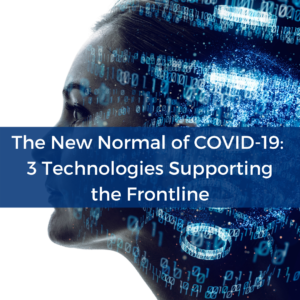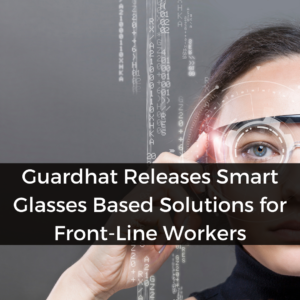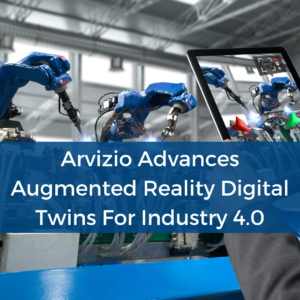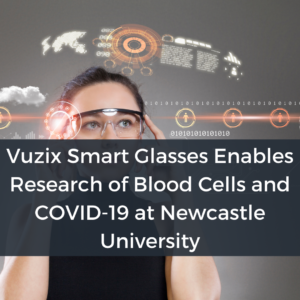MetaVRse Wants to Make Creating Augmented Reality Apps Easier Than Ever Before
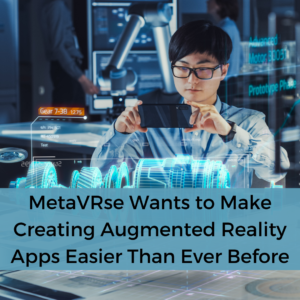
Designing 3D experiences often requires coding knowledge from games development. Therefore, MetaVRse developed the platform to allow a virtual world to exist with ease of editing. Although the platform is described as a “3D web game engine and spatial design creator tool”, users in any enterprise or industry can invent their own virtual environment.
Alan Smithson, CEO of MetaVRse, has explained that their no-low code approach enables any user to participate in creating. The platform operates on every system, browser, and device, with no need for different versions or apps, and without code.
After launching in June this year, MetaVRse has since announced partnerships to increase availability for training, marketing, and showrooms. The platform has partnered with programs from the following companies:
- AREA Member Qualcomm
- Nvidia
- Autodesk
- Oculus
- Founders Factory
- Creative Destruction Lab
MetaVRse applications will soon be deployed in more enterprise sectors. Low technical requirements are expected to encourage creators to adopt AR. Julie Smithson, Co-founder and Chief Learning Officer, has said that MetaVRs has “opened the door” to creators by removing the need to code.
Read the full article here.

